Award for Excellence
The Award for Excellence
The Award for Excellence is an award given to organizations that demonstrate significant breakthrough results using the balanced scorecard approach. These organizations use the balanced scorecard to improve organizational performance.
The Award for Excellence focuses on improved organization strategic outcomes, including: 1) becoming more strategy focused, and improving internal and external communication around strategy, 2) strategic alignment of people, processes, and strategy, 3) effective use of performance measurement, analysis, and reporting to improve fact-based decision making, and 4) sustainable change in the organization’s ability to transform and adapt to changing internal and external circumstances. The criteria for award selection are described below.

Award Criteria
1: Strategy Focused
- Clear use of language –The organization’s vision, mission, core values and strategy are communicated with clarity. The organization uses common definition of terms, two-way dialogue and transparency in reporting results.
- Clear strategy and expected results – Leaders establish a clear picture of the future, define expectations, build trust and commitment and rally the organization around that “Vision”. There is a clear and compelling rationale for pursuing the future.
- Strategic Themes and Results – Leaders determine the 3-4 areas (strategic themes or focus areas) in which the organization must excel in order to achieve its vision, fulfill its mission, deliver on its differentiated customer value proposition, mitigate against its challenges (weaknesses and threats), and leverage its enablers (strengths and opportunities). Clear results (“how we’ll know we are successful”) are associated with each theme and the themes and results have been clearly and continuously communicated to the organization.
- Strategy Mapping – The strategy of the organization is embodied in a strategy map which effectively tells the story of the strategy. The map communicates clearly how the organization creates value for customers, stakeholders, and employees by showing the cause and effect links among the strategic objectives. The strategic objectives are specific continuous improvement activities, balanced across the perspectives that define the value proposition and make it actionable by operationalizing the goals and involving the whole organization.
- Clear strategic objectives – The organization has simple action statements, or strategic objectives that describe what must be done to be successful over time. Strategic Objectives are the building blocks of a strategy; they make strategy actionable for the whole organization. They are easy to understand and represent continuous improvement.
- Communication Plan – There is a communications plan to support the change management effort. The communication plan focuses on Vision, Mission, Objective and need for change; is interactive; includes two-way communication and multiple channels; is proactive; monitors feedback; uses plain language and publicly reports and recognizes performance progress. The communication plan is effectively executed and people understand why / how to participate in the change.
2: Organizational Alignment
- Strategic Alignment –The strategy is cascaded throughout the organization by aligning day-to-day activities with the vision and building individual and collective accountability for results. Visual displays of linkages between higher strategy elements and operational strategic elements are used to articulate strategic alignment throughout the organization. Each level of the organization (business/support units, teams/individuals) have defined and documented how they contribute to the organization’s overall strategy.
- Employee Accountability – Personal objectives for individuals/teams that support the business unit strategic objectives build accountability and align employees to strategy.
- Strategic Resource Allocation – Strategy is incorporated into the resource allocation process, along with operations and capital investments to get a more complete picture for financial planning
3: Fact-Based Decision-Making
- Performance Measures and Targets – Measurements are comprehensively used and routinely revised based on continuous improvement. They provide objective evidence of progress on achieving results through strategic, operational, project and personnel measurements. The Key Performance Indicators (KPIs) measure progress of the organization’s strategy and operations, and drive improvement to reach established targets.
- Performance Management – An organizational culture is established that incorporates measurement and accountability into leadership and management, and to all employees
4: Organizational Change and Transformation
- Long Term Commitment – The system has been integrated into the organization’s management processes and has been used for at least two years.
- Sustainability – Strategic thinking and management are embedded in the culture of the organization. The necessary factors have been identified and acted upon to ensure long term success of the management system such as: engaged leadership, change management, fact-based decision making, motivated behaviors and a strong project management discipline.
- Culture & Values – The organization has established and defined core values which provide ethical guidelines for decision making and daily conduct and form the basis of the culture. Achievement of the Vision is dependent on people behaving as expected within the culture needed to execute the strategy. The Vision and Values are fully integrated into the organization’s culture.
- Executive Leadership – Leaders demonstrate visible consistent commitment to the process by staying engaged through the development and implementation of the balanced scorecard strategic management system. Leaders and employees fully engage in a continuous dialog based on a team-based culture.
- Continuous Process Improvement – Employees are empowered and trained, and a formal process exists for improving process management.
5: Break-Through Results
- Strategic Objectives – the organization has measurably improved performance on strategic objectives by meeting or exceeding target performance on certain objectives and can point to actions such as initiatives or improved performance on driver objectives which resulted in the improvement in performance on the strategic objective(s).
- Decision Making –
- The organization has decided to stop doing certain things or said “no” to ideas and opportunities as a direct result of using its balanced scorecard for data-driven decision making (e.g., cancelled a project, eliminated an existing work process, redirected efforts, etc.)
The organization has chosen to do something (e.g., decisions made, investments, divestments, changes to the organization, etc.) that they might not have recognized or authorized if they weren’t using a balanced scorecard. Furthermore, the organization can show how such decisions clearly benefited the organization.
- The organization has decided to stop doing certain things or said “no” to ideas and opportunities as a direct result of using its balanced scorecard for data-driven decision making (e.g., cancelled a project, eliminated an existing work process, redirected efforts, etc.)
- Strategic Initiatives – the organization has chosen to undertake initiatives that it might not have chosen to fund before using the BSC, and can point to how the execution of these initiatives resulted in quantifiable improvement in strategic performance.
- Operational Performance – by aligning Tier 2 business units to the organization’s strategy, the organization realizes an improvement in focus, alignment and the execution of operational performance and can provide examples of how improvements in operations has measurably impacted strategic performance.
- Individual Performance – when individuals are informed, empowered, and accountable they make independent decisions that result in a positive impact on the organization’s strategic performance. Furthermore, individuals understand and can articulate the big picture strategy and understand “how they fit in”; they can effectively contribute.
Nominate Your Organization
We invite you to nominate your organization for the Award for Excellence. Please submit your nomination here.
Please Note: The deadline for submitting an application for the 2025 Award for Excellence is September 30, 2025. All survey applications submitted after that date will be considered for 2026 Award for Excellence.
If you do not yet feel ready to nominate your organization but would like to take the survey that is administered to our Award for Excellence nominees to see how you “measure up”, feel free to do so. The survey is here.
Past Winners
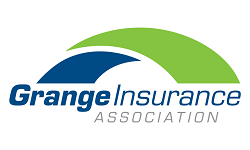
Grange Insurance Association
Collaborative Strategy Drives Excellence and Growth
Leveraging BSI’s Nine Steps to Success framework, Grange Insurance Association (GIA) implemented a collaborative, employee-driven strategy that boosted organizational alignment, sparked innovation, and fueled sustainable growth while preserving its rich 130-year heritage.

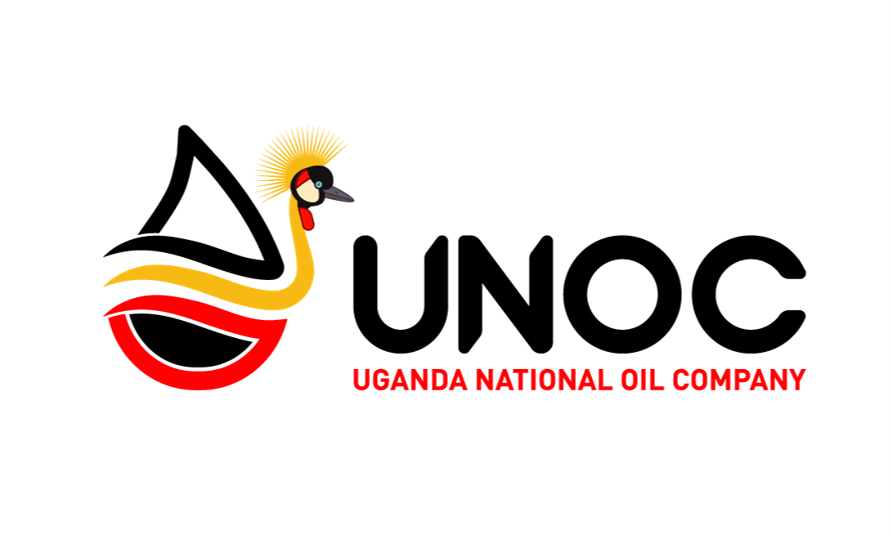
Uganda National Oil Company (UNOC)
Strategic Foresight and Dynamic Leadership Enables Remarkable Growth and Impact
UNOC’s dedication to implementing a comprehensive strategic performance management framework, as well as its focus on sustainability and data-driven decision making and strategic allocation of resources, truly reflects the core principles of the balanced scorecard methodology.
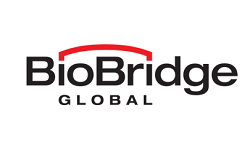
BioBridge Global
Strong Commitment to Become More Strategy-Focused
BioBridge Global’s (BBG) adoption of the Balanced Scorecard resulted in cost savings, the creation of a data-driven culture, and increased transparency. The most significant transformation came from identifying and filling strategic capability gaps which allowed BBG to move toward accomplishing its themes of world-class operations, expansion of current products and services, and transformation through new products and services.
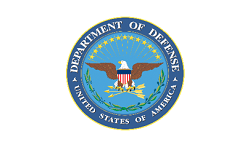
Office of Secretary of Defense - Healthy Base Initiative
Laying the Foundation for the Future of Service Members and Their Families
With the help of the Balanced Scorecard, the Defense Department developed a strategic road map that proved critical in the pursuit of their strategic themes (active living, healthy eating, and a tobacco-free environment) which addresses the health and wellness of service members and their families known as the Healthy Base Initiative.
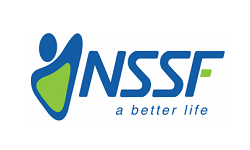
National Social Security Fund - Uganda (NSSF)
Transforming Break-Through Results
Through the use of the Balanced Scorecard, NSSF has transformed from a loss-producing organization into a 6.5 Trillion (Uganda Shillings) fund (2016) that’s paying its members above average returns in the region of 11% compared to 3% in 2009. NSSF tripled the size of its assets, increased the number of members registered, and increased staff and customer satisfaction ratings.

Blue Cross Blue Shield of Alabama
Translated Commitment into Improved Performance
Through the use of the Balanced Scorecard, Blue Cross has been able to rapidly adapt to the ever changing healthcare environment, while serving members, managing healthcare costs, and strategically growing in order to better serve our members.
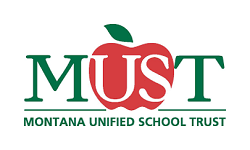
Montana Unified School Trust (MUST)
Committed to Excellence in Strategy Management and Execution
After losing more than half of its groups and 60% of its members after a financial crisis in 2010, MUST deployed the Nine Steps to Success™ Balanced Scorecard Strategic Management System which guided them to develop a plan to turnaround the Trust and in 2015 membership of the Trust grew by 97%.

Liebherr Mining Equipment Company
Demonstrating Break-Through Results
Liebherr was chosen for the prestigious award for their strong commitment to leadership, strategic management, performance analysis and continuous improvement. Liebherr recognizes that organizations are best served by a transparent strategy management system that emphasizes all elements of effective strategy— financial diligence, customer satisfaction, internal process efficiency and organization capacity building.
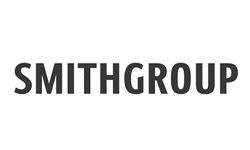
Smith Group
Leading Strong Commitments Toward Transformation and Change
SmithGroup was chosen for the prestigious award because of its executive leadership, strategy development and clarity, organizational alignment and communication, strategic resource allocation, performance improvement, and the successful integration and sustainability of the balanced scorecard method into the firm’s management processes.

Douglas County, Colorado
Eating the Elephant One Bite at a Time
The Douglas County Government shares their “eat the elephant one bite at time” approach for how they strategically aligned their organization from the top floor to the first floor.
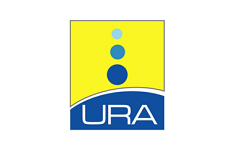
Uganda Revenue Authority
Strong Commitment to Engaged Leadership
In recognition of a strong commitment to engaged leadership, performance analysis and continuous improvement, we are pleased to present the Award for Excellence to its first International Winner — The Uganda Revenue Authority (URA).
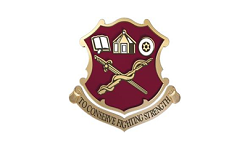
Army Medical Command (AMEDD)
Finds Direction in Strategic Planning
The Army Surgeon General and Commander of the US Army Medical Command champion the use of the balanced scorecard as “the principal tool by which they improve operational and fiscal effectiveness and better meet the needs of patients and stakeholders.”

Mecklenburg County, North Carolina
Transforming County Government
Strategy Management Group honors Mecklenburg County, NC with an Award for Excellence for successfully transforming the county government and positioning it for tough times.
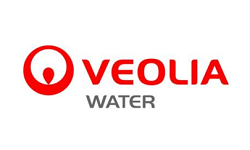
Veolia Water North America
Scorecard Driving Strategy
With a new CEO and ambitious revenue goals, Veolia NA first successfully implemented a balanced scorecard and then integrated the scorecard deeper into its organization using an e-learning tool.

National Marrow Donor Program® / Be The Match Registry®
Turning Vision into Action
The strategic planning effort at the National Marrow Donor Program®/ Be The Match Registry®, dubbed Vision into Action, has driven creative thinking around how to improve efficiencies and cost effectiveness and get people thinking about how NMDP could more than double transplant volumes within five years!
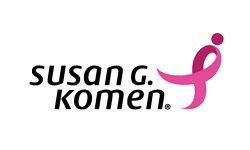
Susan G. Komen
Translating Plans for the Future Into Actions for Today
Using the Nine Steps to Success™ Planning and Management System, Susan G. Komen built an enduring framework for profound transformation, guaranteeing future success.
Nominate Your Organization
We invite you to nominate your organization for the Institute’s Award for Excellence. Please submit your nomination here.
Please Note: The deadline for submitting an application for the 2024 Award for Excellence is December 31, 2023. All survey applications submitted after that date will be considered for 2025 Award for Excellence.
If you do not yet feel ready to nominate your organization but would like to take the survey that is administered to our Award for Excellence nominees to see how you “measure up”, feel free to do so. The survey is here.
Contact us to find out how we can help you take your strategy to the next level!
